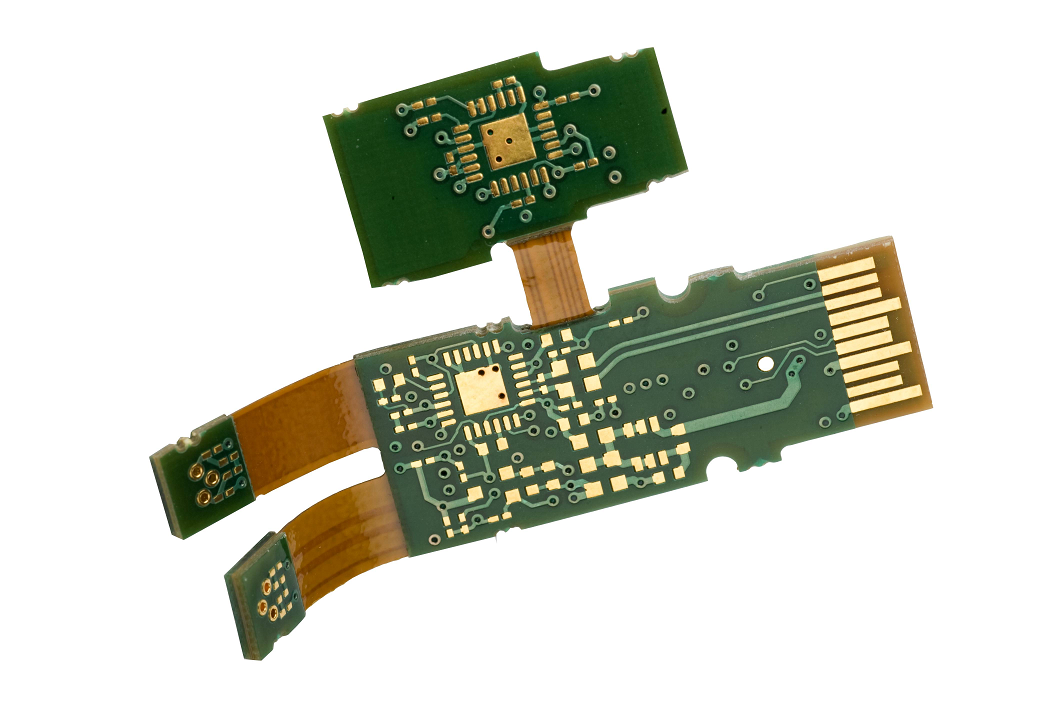Innovation is key to success in the field of electronic devices. As the demands for smaller, more flexible, and superior-performing electronic devices continue to grow, manufacturers are constantly seeking new ways to innovate manufacturing processes. One revolutionary technology that has attracted a lot of attention is manufacturing with flex circuits.
Flexible printed circuit boards or Flex Circuits (PCBs) offer a variety of advantages over rigid PCBs. These remarkably versatile circuits are designed to bend, twist, and conform to various shapes. This makes them perfect for applications that require complex designs, spaces, or greater durability.

Flexible circuits allow manufacturers to extend the boundaries of design by offering an adaptable foundation that conforms to the curves of the device. This flexibility allows more creative and compact design, ultimately creating lighter and smaller devices. Imagine a phone that effortlessly forms around your wrist. A wearable health monitor that can be worn discreetly around your wrist. Perhaps even a smart device that is seamless and ergonomic design. Engineers and designers can turn their ideas into reality by using Flex Circuits, enabling them to unlock a world of possibilities for designing products.
The long-term durability of flexible circuits is what separates them from their rigid counterparts. Traditional PCBs can be damaged by vibration, shock and repeated bent. Flexible circuits are made with substances that are resistant to these kinds of conditions and are therefore extremely robust. This is especially important for industries like aerospace, automotive and medical, where electronic components have to endure harsh conditions and not compromise their performance.
Flexible circuits are a flexible product. Manufacturing methods employed in their production can have a major impact on this. Flex circuits, unlike rigid PCBs are made from a flexible substrate like polyimide or polyester. The substrate forms the foundation of the circuit, and it allows it to be bent or bent while still maintaining electrical connectivity. Flex circuit manufacturers are able to precisely etch circuit trace, connect intricate interconnects and join components on the flexible substrate through the use of advanced manufacturing techniques.
The incorporation of components directly onto the flex circuit, referred to as surface-mount technology (SMT) can further increase the functionality and flexibility of the circuits. SMT permits manufacturers to place electronic components directly onto the surface of a device that is a flex circuit. This eliminates the need for bulky connectors, and reduces the dimensions of the device. This streamlined approach not only saves space but also improves the integrity of signals, decreases weight and improves thermal management.
Moreover flexible circuit manufacturing techniques enable efficient prototyping and the ability to scale production. Flexible circuit designs facilitate rapid prototyping stage, which accelerates the development process of a product. Flexible circuits also offer a cost-effective solution for high-volume manufacturing, since they can be made in large numbers using automated manufacturing methods. These features make flex circuits an attractive option for businesses that want to bring innovative ideas to market quickly and efficiently. For more information, click flex circuit manufacturer
It is imperative to have a reliable source of flex circuits because the demand increases. It is imperative to work with reliable, experienced manufacturers in order to ensure the accuracy and reliability of flex-circuit production. They can offer guidance and insights regarding the design and manufacturing process. They are also able to provide suggestions on the selection of materials.
Flex-circuits are essential components that enable modern electronic assemblies to achieve the highest degree of complexity. From displays that are used in consumer products to military applications they are at the foundation of these complex systems. Flexible substrates, that can be moved through tight areas with ease, enable engineers to design complex designs, while remaining within the assembly footprint. While there are many other methods to run circuits, they can’t compete with the mechanical and electrical characteristics of flex assemblies in order to meet the strict requirements for size. Flex circuits are the best suitable option for projects that require intricate interconnections combining multiple technologies in one well-designed package.